Gary McDonogh. Encyclopedia of Contemporary American Culture
Подождите немного. Документ загружается.

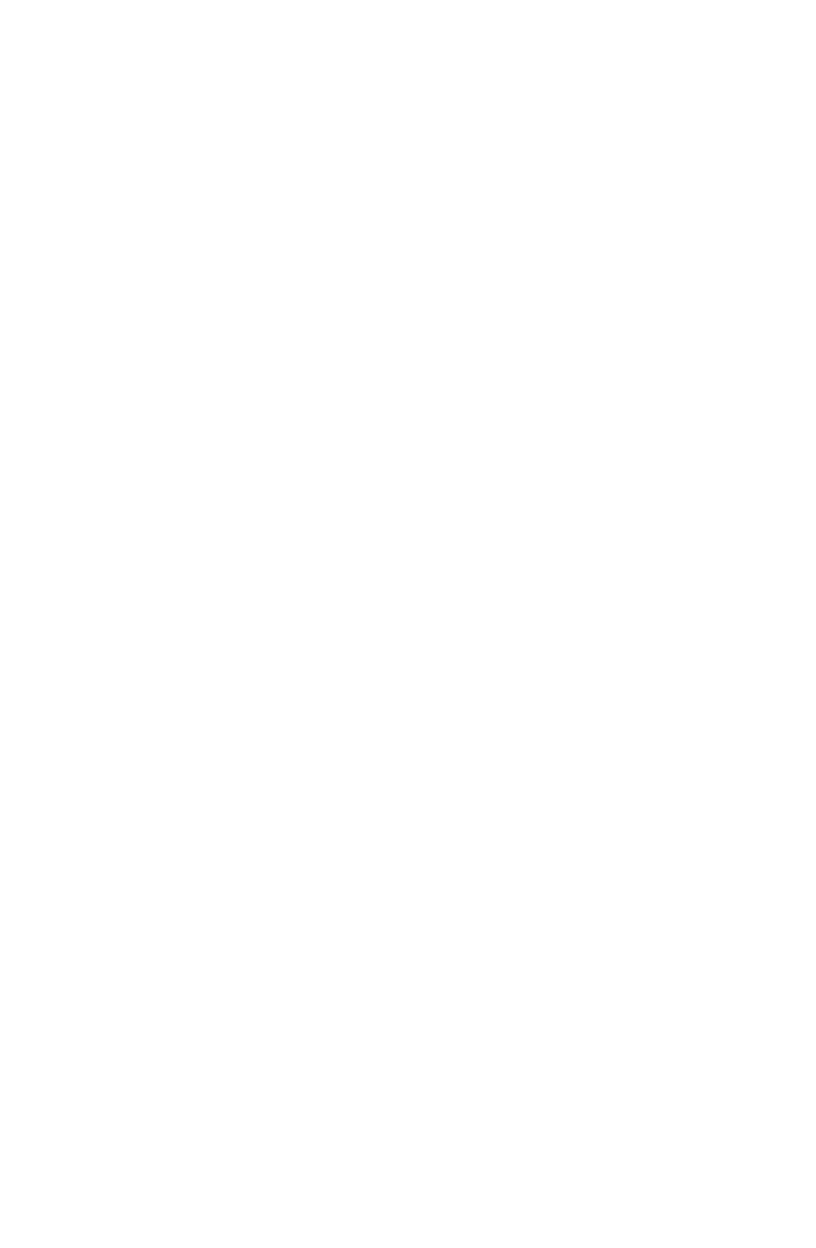
While disposing of the dead concerns all societies, American cemeteries reflect special
historical and experiential concerns. An avoidance of direct government responsibility
(except in the general regulation of the marketplace) has promoted multiple, competing
options for burial which are complicated by a sense of extensive land that has allowed the
p
reservation of older cemeteries alongside new innovations. Racial, ethnic, religious and
class
differences also have multiplied the number and meanings of cemeteries
nationwide.
American cemeteries fall into a few broad categories: family/community
church/religious, government and commercial. The last dominates late twentieth/early
twenty-first century practice. In rural areas, family and church/congregation graveyards
may still be central, and constitute places of pilgrimage and identity for widespread
descendants. By contrast, metropolitan areas present a conflicting mapping of social
change in their cemeteries and individual monuments to illustrious citizens.
The oldest
cities
include burial grounds no longer in use but maintained as historical
memorials
Savannah’s
colonial cemetery or the African Burial Ground in
New York
City NY whose discovery became a point of debate over place and presence. Nineteenth-
century park cemeteries like Mt Auburn in Boston or Laurel Grove in
Philadelphia, PA
are also historic sites in their landscapes and “inhabitants,” although they are also
maintained and used by long-resident families (especially elites).
In addition to congregational burial grounds,
Jews
and
Catholics
have also established
their own consecrated sites in many cities. In name and use these may also distinguish
among different ethnic groupings as well—
Italians, Irish
and
Poles,
for example, have
built different
Catholic
cemeteries in
Northeast
industrial cities.
In the
South,
divisions of
race
are common either within cemeteries or in
segregated
clienteles. These differences are accentuated by the economics of caste which have made
white
cemeteries richer and better kept.
African American
cemeteries have faced
inadequate endowments but have incorporated distinctive cultural traditions of burial and
remembrance.
Government cemeteries include military burials, which are now straining available
resources after the Second World War,
Korean War
and
Vietnam War
veterans for
whom such burial is a less expensive option. Arlington National Cemetery across the
Potomac from
Washington, DC,
is reserved for special memorialization, for example,
the Tomb of the Unknown Soldier and burial of President John F.
Kennedy
. Battlefield
cemeteries are also maintained abroad.
Municipalities face responsibilities for burial of unclaimed or impoverished deceased.
These may be contracted to commercial cemeteries or buried in a common potter’s field.
Commercial cemeteries take on many of the solemnities of earlier community-
b
ased
burials, but adapt these to a profit margin—using uniform in-ground markers to facilitate
mowing, promoting special-interest sections or touting advance planning and purchase
p
lans. These are by far the most expensive options, where funerals, burial plots, markers
and care cost tens of thousands of dollars. As commercial enterprises, concerns about
bankruptcy
or mismanagement have frequently surfaced, leading to government
Encyclopedia of Contemporary American Culture 196
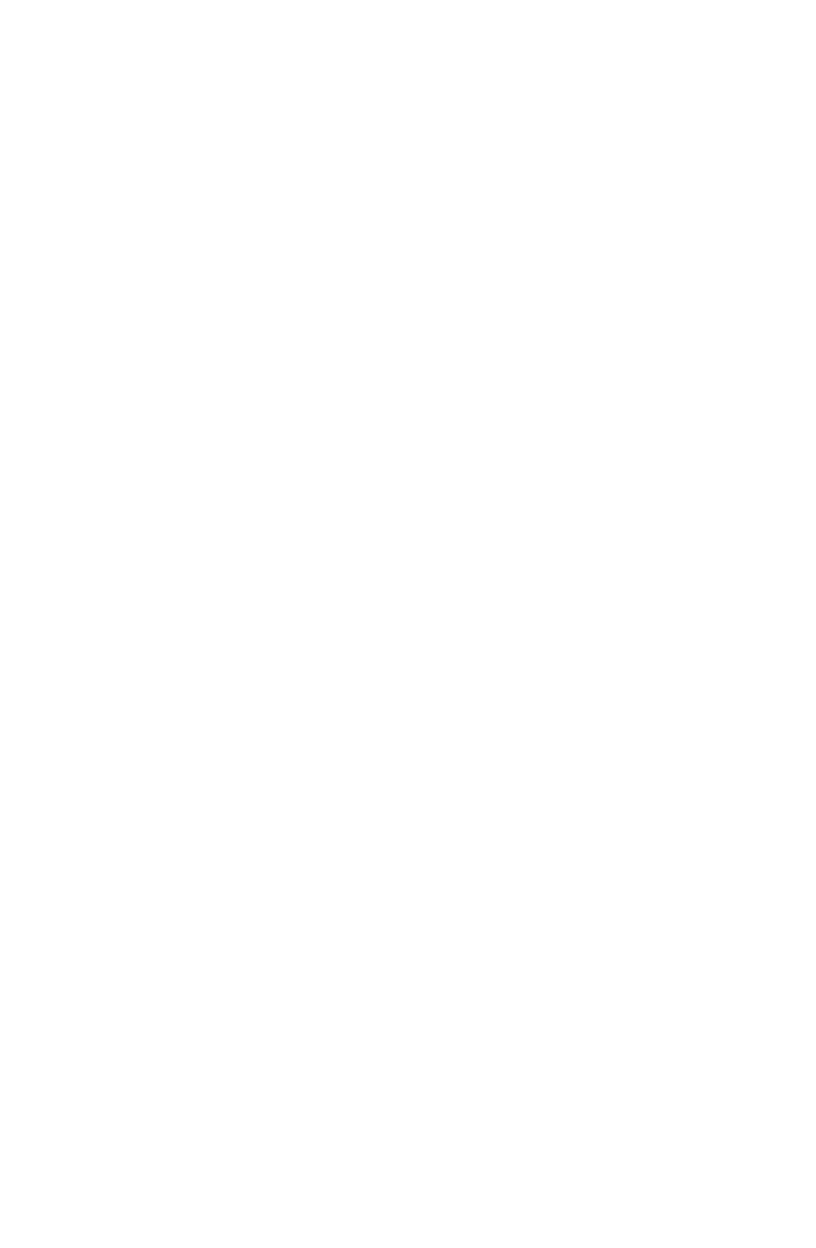
restrictions on operation and even takeovers. Critics also target their vulgar excess:
Evelyn Waugh’s
The Loved One
(1948; movie, 1965) pilloried the famous Forest Lawn
cemetery of
Los Angeles, CA,
decrying its commercialization of death and art.
In the late twentieth century cremation became a more popular, cheaper option,
overcoming religious and ethnic taboos. Ashes are stored in the home, religious shrines
or commercial mausoleums or distributed in personally meaningful sites.
Burial has not been limited to humans alone. Pet cemeteries (and crematory facilities)
complete the humanization of domestic
animals
amid extraordinary affluence that
characterizes modern American relations with animals.
Further reading
Jackson, K. and Vergara, C. (1989)
Silent Cities,
New York: Princeton Architectural
Press.
Meyer, R. (1993)
Ethnicity and the American Cemetery,
Bowling Green, OH: Bowling
Green State University Popular Press.
GARY McDONOGH
censorship
Many Americans probably believe censorship is not only wrong, but also illegal under
the
Bill of Rights
. Yet, in practice, many are also willing to accept government
censorship in times of national crisis or military emergency. Jonathon Green, author o
f
the
Encyclopedia of Censorship,
labels a second, more controversial censorship as
“castration”—the ability of some to determine what may be read or disseminated and
who may see it. This may entail protection of “innocents,” especially
children,
or avoid
offending sensibilities of some groups (
New York
Mayor Rudolph Giuliani’s claim that a
1999 exhibit of British art, “Sensations,” offended
Catholics
). Censorship tends to focus
less on political materials than sexual ones, although hate literature and
violence
have
also become points of debate. The issue of censorship, however, has been highly
politicized in government actions, court and legislative actions and citizen response.
Censorship for reasons of security established in the World Wars, was institutionalized
when President
Truman
allowed peacetime agencies to classify materials as “Top
Secret,” etc. While this system was subsequently modified, the Defense Department and
other government bureaus control massive amounts of
information,
a position
increasingly complicated by
computers
and
telecommunications
technology. The 1966
Freedom of Information Act allowed citizens to view much government information on
themselves and, with restrictions, on other public figures. In other cases, though, like the
Entries A-Z 197
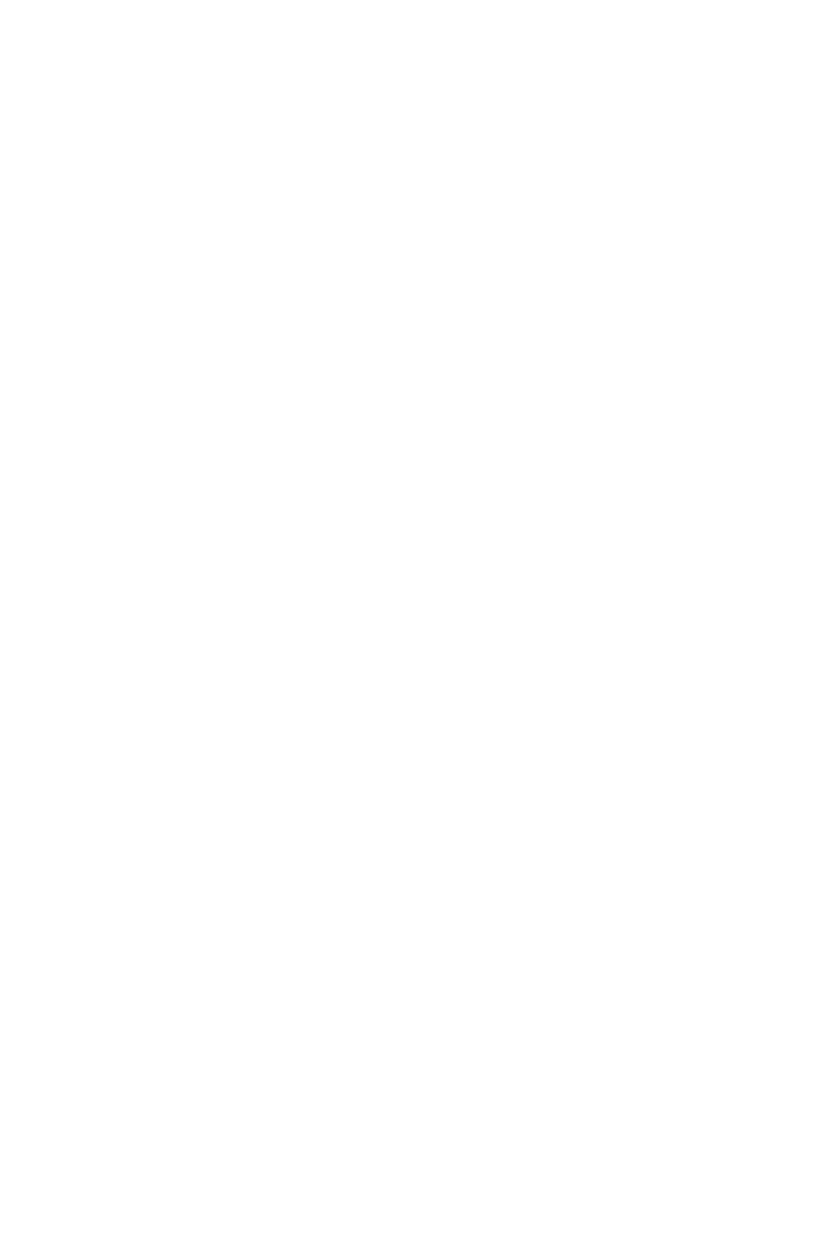
1971
“Pentagon Papers”
case, a whistle-
b
lower and news organization exposed secret
information on American involvement in
Vietnam
as a form of civil disobedience that
was ultimately upheld in the
Supreme Court
. Still, news media and citizens accepted
restrictions on coverage during the
Grenada
invasion and the
Gulf War
.
Censorship with regard to taste and morality proves more divisive. The US lacks
formal federal censorship for most domestic media, although federal laws have controlled
distribution of obscene materials by mail (under the 1873 Comstock Act), importation o
f
some materials and child
pornography
. These laws have faced test cases to determine
obscenity versus free speech and art. These include the 1933 declaration that Joyce’s
Ulysses
was art, not subject to the Tariff Act, and the 1957 Roth decision, which
established a standard based on the interpretations of “average persons” (tested two
year’s later by Grove Press’ distribution of
Lady Chatterley’s Lover
).
Often, though, obscenity and censorship involve more local actions and standards—
whether to display certain magazines, buy library books or locate sexually charged
activities in areas against “community standards.” Film censorship has also been the
purview of states and cities: the phrase “banned in Boston” could be used to endorse a
risqué film elsewhere. Censorship was even applied to newsreels before this was banned
by court decisions.
Local schools and libraries have been especially sensitive areas. While sex is
frequently an issue, battles over circulation and textbooks have ranged from protests
against racial stereotypes to fundamentalist attacks on the wizardy of Harry Potter or
evolution. The American Library Association’s 1939 Bill of Rights challenged decades o
f
local censorship of morality taste and politics in local libraries, framing these institutions
as open beacons of information and debate. Schools, however, have been subject to
powerful
lobbying
by parents and organized groups in local institutions and statewide
adoption of textbooks. Again, censorship arguments play on the special vulnerability o
f
the child. Administrators also manipulate decisions and opportunities: censorship of high-
school newspapers has grown since the 1988 Supreme Court decision in
Hazelwoo
d
School District
v.
Kuhlemeier
. Before Hazelwood, school-sponsored publications were
permitted when “reasonably related to legitimate pedagogical concerns.”
Despite these complex and contested structures of censorship and the Freedom o
f
Speech issues debating both security and cultural claims, institutional self-censorship has
also been prominent in American life. These include production codes for
Hollywood
and
comics,
media ratings of products and audiences—whether films, video games or
music and control devices like the
V-chip
or various forms of parental control for sale to
deal with informational issues of the
Internet
. Often, these entail debates on deeply
divisive issues like sexuality and violence or their impacts.
Debates sometimes overlook subtler and yet troubling questions like those of ABC and
Disney,
where media conglomerates have created a climate in which
news
hostile to the
corporate culture seldom is broadcast.
Political correctness
also evokes self-censorship.
Omissions accepted so as not to offend (gay parents in elementary school books) or
b
ecause of perceptions of audience (lack of minority figures or interracial romance on
Encyclopedia of Contemporary American Culture 198
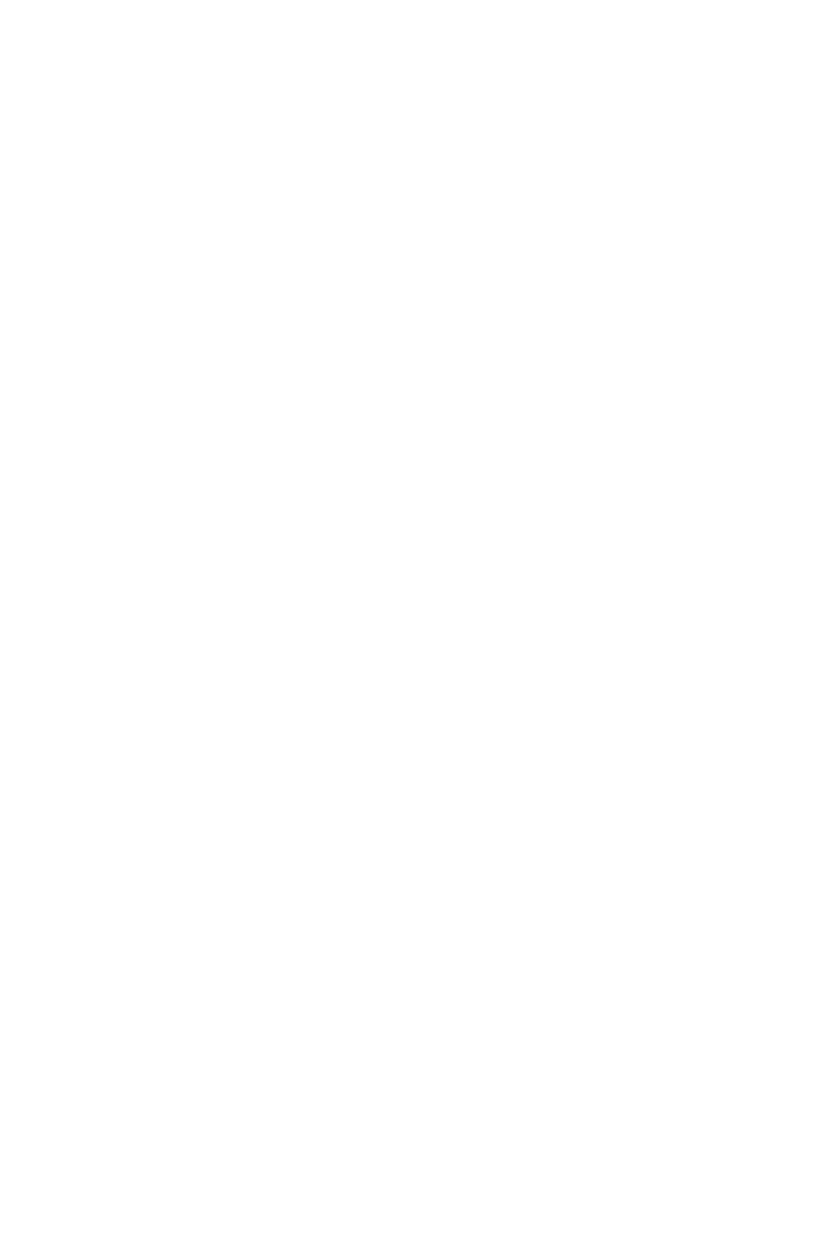
network
television
) remind us that self-censorship has a deep toll when significant issues
are never discussed This is epitomized in the dramatic
AIDS
slogan: “Silence=Death.”
Further reading
Green, J. (1990)
Encyclopedia of Censorship,
New York: Facts on File.
GARY McDONOGH
CINDY WONG
Central Intelligence Agency (CIA)
Created by
Congress
in 1947, the Central Intelligence Agency (CIA) is the primary
intelligence agency of the United States government. Its activities range from political
and economic analysis to spying and covert operations. By law the CIA is limited to
foreign operations; it is not supposed to undertake activities within the US—an operation
left to the
Federal Bureau of Investigation
(FBI). In the mid-1990s, “the Agency” as the
CIA is sometimes called, was estimated to have about 17,000 employees—the number is
classified.
Public and media interest in the CIA has varied over time, but from its inception the
CIA’s very nature has raised perplexing questions about how a clandestine agency and a
democracy can coexist. The secrecy that surrounds many CIA operations has also made it
a favorite target of conspiracy theorists, a frequent inspiration for suspense novelists and
a phobia for the pathologically paranoid.
The CIA came into existence at President Harry
Truman’s
urging with relatively little
notice in the early days of the
Cold War,
its establishment being just one item in a
massive law reorganizing the nation’s defense operations. The CIA’s forerunner was the
Office of Strategic Services, which functioned during the Second World War, but the US
had never had a permanent agency devoted exclusively to intelligence before the CIA
was created.
Throughout the 1950s, the CIA engaged in numerous covert activities overseas that
received little public notice and even less criticism. It helped overthrow the leftist prime
minister of
Iran
in 1953, installing the Shah in his place. It also participated in a coup in
Guatemala in 1954 to eliminate a reformist government there. Both actions were seen as
part of an effort to stymie the
Soviet Union
.
One of the most successful CIA-sponsored efforts to spy on the Soviet Union itself—
fly-overs by U-2 spy planes, which began in 1956—ended up shattering the agency’s
sheltered existence when one of the planes was shot down and the pilot captured in 1960.
To make matters worse, Soviet leaders were able to prove that President Dwight
Entries A-Z 199
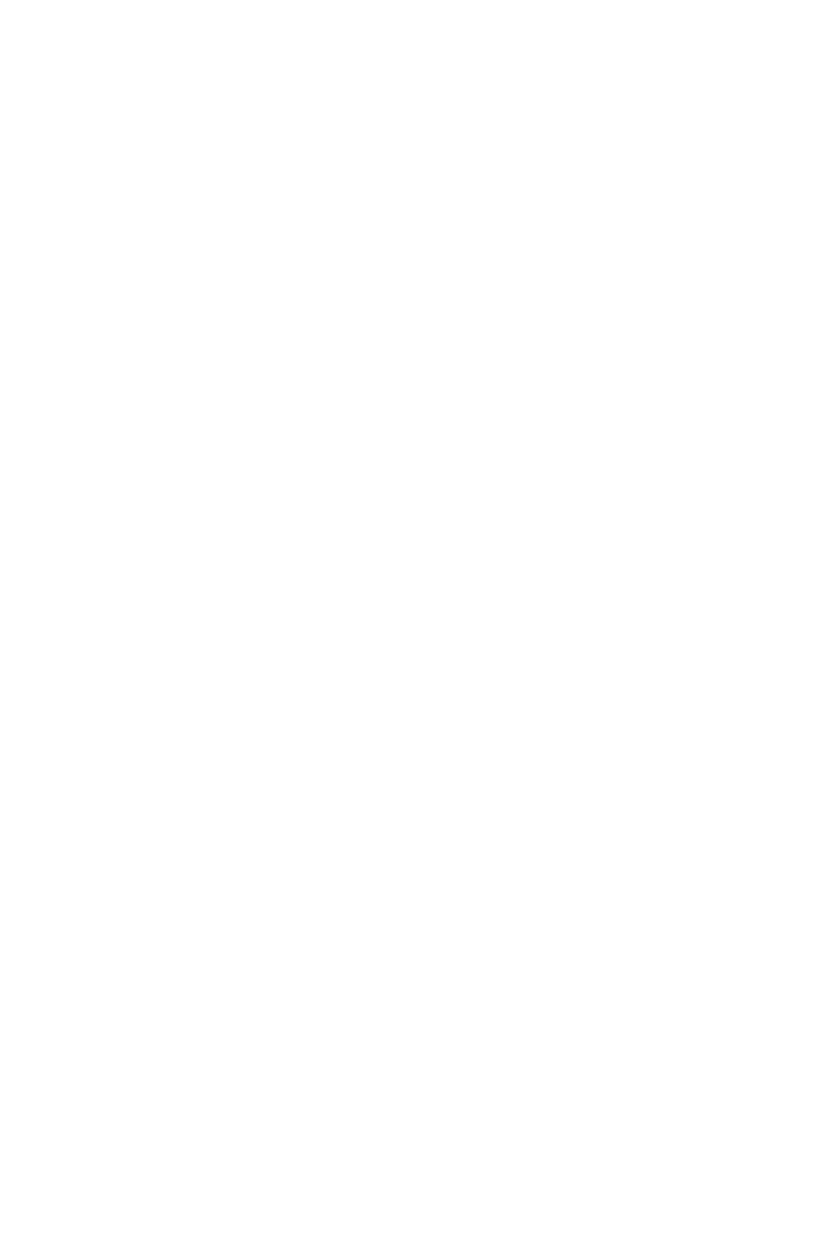
Eisenhower
had initially lied to the American public about the operation—an early
inkling of the credibility crises that were to plague Eisenhower’s successors.
The U-2 affair was followed in 1961 by the far more disastrous
Bay of Pigs
invasion,
an ill-fated CIA-sponsored attack on
Cuba
designed to overthrow Fidel Castro. The
invasion was just the most public debacle in a series of CIA plans to get rid of Castro,
which involved everything from fomenting unrest in Cuba to assassinating
Castro
.
Throughout the 1960s, the CIA was heavily involved in US operations in
Vietnam,
helping, for example, to overthrow the South Vietnamese government in 1963. But the
CIA was also one of the most cautious federal agencies concerning Vietnam, its analyses
frequently raising questions about the underlying assumptions of American policy.
In the end, the
Vietnam War
and the
Watergate
scandal (in which the CIA had
abetted the cover-up) provoked the first detailed public and congressional scrutiny of the
CIA. In 1975 special congressional investigations probed and publicized the darker side
of CIA activities, including covert operations,
assassination
attempts and illegal spying
on domestic dissidents. As a result, Congress set up permanent committees to oversee the
CIA for the first time and put in place clear procedures to ensure that covert operations
had presidential approval. In addition, President Gerald
Ford
issued an executive order
prohibiting any federal employee from plotting or carrying out an assassination.
With its morale and prestige in tatters, the CIA limped through the remainder of the
1970s until President
Reagan
began strengthening the agency. But the CIA’s
involvement in the
Iran-Contra
affair led to another series of charges and investigations
as the 1980s drew to a close.
The CIA began to remake itself yet again in the 1990s as the Cold War came to an
end—an end that the CIA should have better foreseen, according to the agency’s critics.
But, while putting its house in order, the CIA discovered that it had been the home o
f
several double agents, most notoriously Aldrich Ames, who had revealed to the Soviets
the details of fifty-five clandestine operations and the names of thirty-four secret agents.
Ames received a life sentence in 1994.
S
ee also:
espionage
Further reading
Powers, T. (1979)
The Man Who Kept the Secrets,
New York: Alfred A.Knopf.
Ranelagh, J. (1987)
The Agency: The Rise and Decline of the CIA,
rev. edn, New York:
Simon and Schuster.
DAVID GOLDSTON
chain migration
Encyclopedia of Contemporary American Culture 200
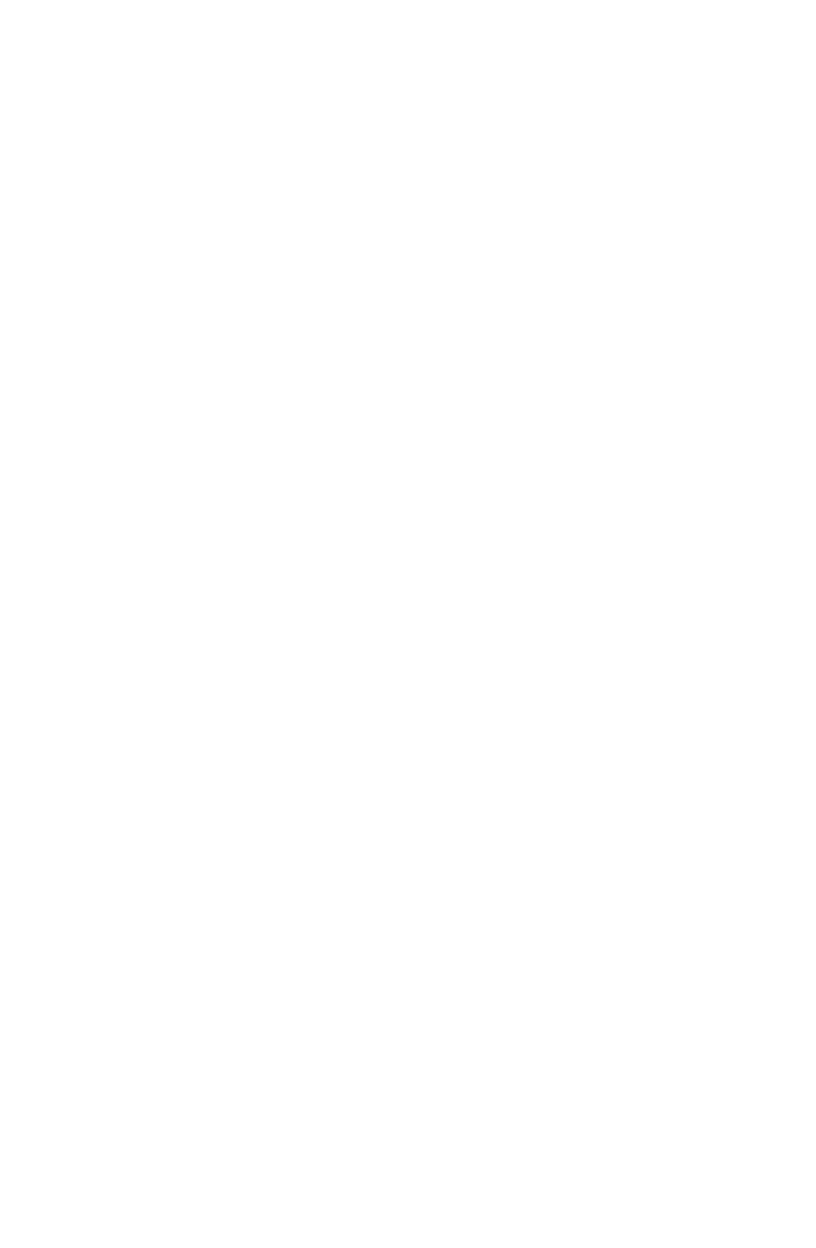
Despite restrictive quotas, American
immigration
has also valued an American model o
f
family
and kinship. This allows those with legal residency to automatically sponsor
spouses and
children;
citizens can also sponsor parents and facilitate entry of unmarried
siblings. As these bring in further kin, a “chain” results which may underpin business and
social cohesion. This process has become especially associated with networks in post-
1965 immigration, although critics have charged abuses based on false marriages, fictive
connections and the use of children born in the US to legitimate illegal immigrants.
CINDY WONG
Charleston, South Carolina
Downtown Charleston (population 80,414) preserves classic wood-frame houses, elegant
churches and streetscapes that remind us of its colonial power in the coastal “Low
Country” its connections to the West Indies and the antebellum divisions of master and
slave. Continuing divisions between
black
and
white
underscore both conservatism and
conflict in Southern society although generally far away from
tourist
eyes. Charleston is
also a military center, with multiple naval facilities as well as the Citadel, a military
college forced to admit women in the 1990s.
GARY McDONOGH
Charlotte, North Carolina
Financial capital of the
Sunbelt
and, through aggressive
banking
mergers, for all US
finance. The city was founded in colonial days; in the 1930s, nearby Gastonia became
famous for violent
strikes
in the growing textile industry in the region. Yet, opportunities
in banking and
service
have attracted people and investments in a spectacular
transformation in the late twentieth century for both the cityscape and the society. While
cultural facilities and government initiatives are grappling with growth, expansion sport
franchises (Hornets in
basketball
and Panthers in
football
) have also laid claim to status
as a “major-league” city. Yet despite 20 percent growth in the 1990s (expanding
metropolitan population to 1,383,625), other North Carolina development in the Research
Triangle (Raleigh-Durham/Cha-
p
el Hill, with both Duke and the University of North
Carolina) has outstripped it and may well pass Charlotte by 2020. With strong growth in
Greensboro, and resort development in the mountains and on the coast, this suggests
fundamental re-orientations ahead in a
state
once defined by
white
conservative politics
Entries A-Z 201
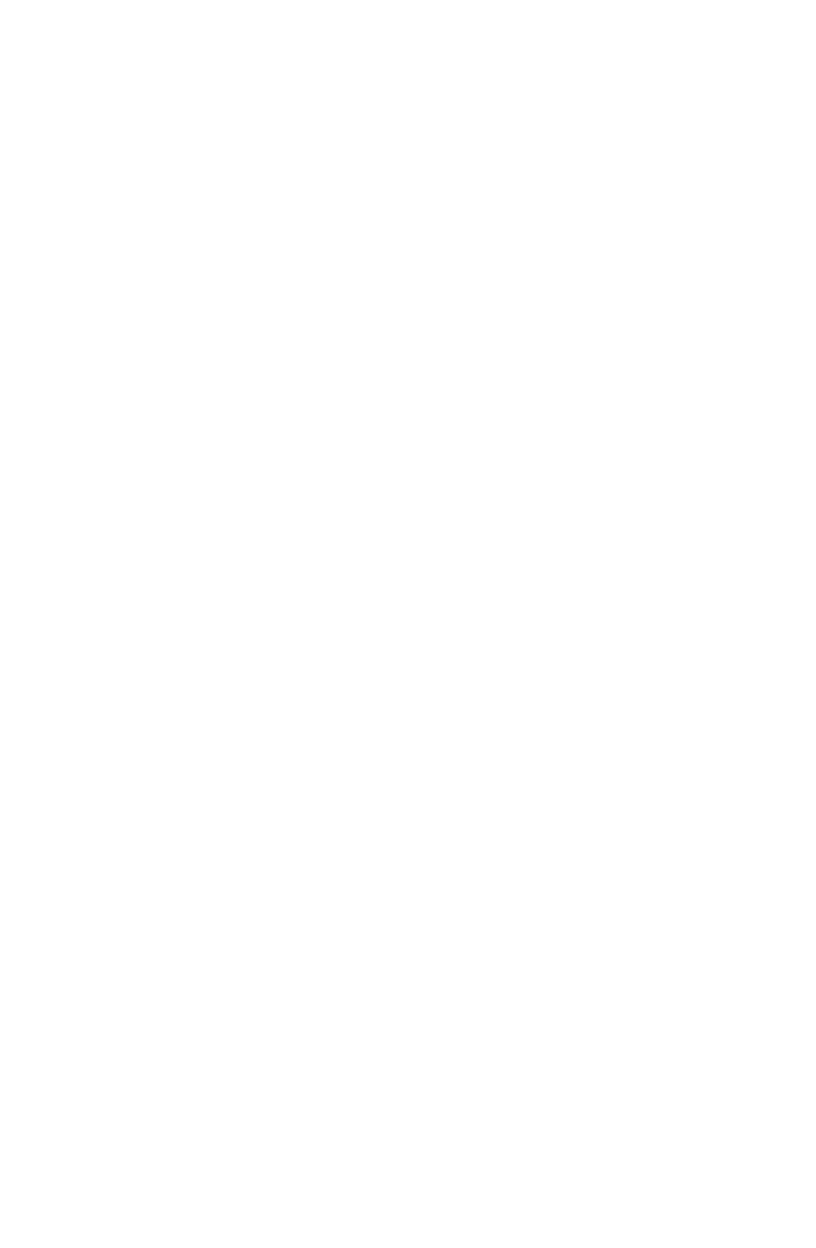
(see
Helms, Jesse
) and an older Southern heritage of
race, class, religion
and
regionalism
. Thomas Hanchett’s
Sorting Out the New South City
(1998) provides a
detailed analysis of Charlotte’s development and insights into both the
South
and the
Sunbelt.
Further reading
Hanchett, T. (1998)
Sorting Out the New South City
Chapel Hill: University of North
Carolina.
GARY McDONOGH
charter schools
The educational reforms of the 1990s allowed for community design within
public
schools
. Parents, teachers and others (including corporate consultants) applied for
special, independent but publicly funded charters to operate their institutions. Spreading
especially through troubled urban school systems, this innovation allows for increased
community commitment, program innovation and special needs of schools and
neighborhoods, but also facilitates corporate involvement in planning and management.
GARY McDONOGH
Chavez, Cesar
b. 1927; d. 1993
Cesar Chavez grew up in a family that lost its small farm due to the Great Depression.
In 1965 he founded the United Farm Workers of America, a
California
-based
union
for
agricultural workers, which brought attention to the squalid conditions these workers
endured and the low wages they earned for back-
b
reaking labor. His call for a national
b
oycott of table grapes eventually led to union agreements with several large growers.
Chavez’s work brought about improved wages and benefits for migratory agricultural
workers throughout the
Southwest;
he also encouraged
Mexican Americans
to become
more politically active.
A.JOSEPH BORRELL
Encyclopedia of Contemporary American Culture 202
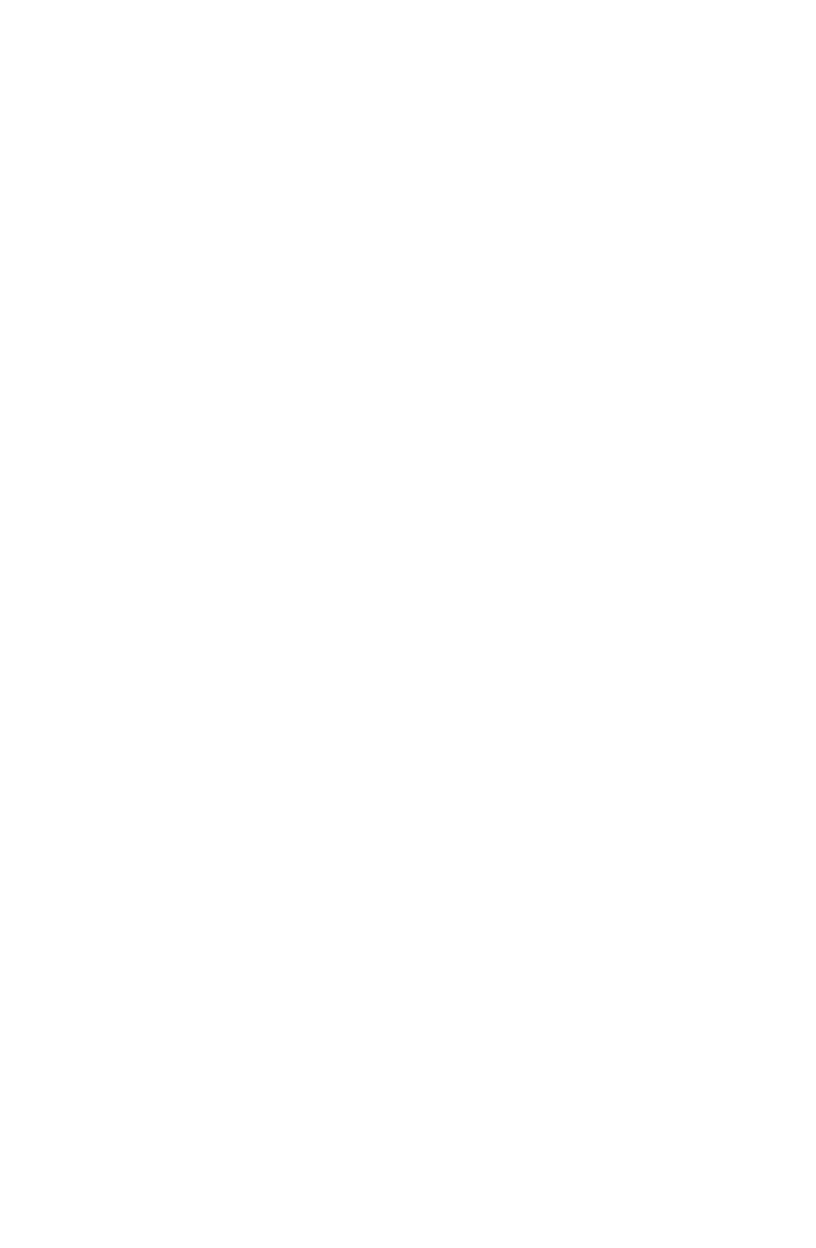
Chavez, Denise
b. 1948
Award-winning
Chicana
author, activist, teacher, actor, Chavez is the author and
editor of numerous novels and collections of
poetry,
short stories and
drama
. She
received her Bachelor’s degree in Theater from New Mexico State University in 1974, a
Master’s degree in Theater from Trinity University and a Master’s degree in Creative
Writing from the University of New Mexico. In addition to writing, Chavez teaches,
p
erforms and organizes in southern New Mexico. Her emphasis on strong women and
good storytelling appear in her best-known works
Face of an Angel
and
The Last of the
M
enu Girls
.
S
ee also:
theater
SUSAN MARIE GREEN
cheerleading
The Greek chorus of American athletic events, cheerleading developed at the end of the
nineteenth century in the
Northeast
and
Midwest
as an extra-curricular school leadership
activity to help motivate and inspire class loyalty and good citizenship. Primarily for
males, after the First World War and the growth of co-educational institutes it became
p
redominantly female, although in the 1960s and 1970s up to 40 percent of cheerleaders
were male. Cheerleaders are usually selected for their social and leadership qualities,
p
hysical skills and popularity Acolytes usually begin as mascots working with older
cheerleaders.
In the last thirty years cheerleading—influenced by the popularity of gymnastics—has
b
ecome more of an athletic event, developing under the auspices of several national
associations which sponsor clinics, camps, workshops and nationally televised
competitions since 1984. In 1999 there were an estimated 3,300,000 cheerleaders
nationwide, half between the ages of twelve and seventeen (another 1.2 million under the
age of twelve). The
South
and Midwest dominate, as they often do in competitions. In
1972 the
Dallas
Cowboys originated the first professional cheerleading squad.
Cheerleading is big business—supporting a star cheerleader can cost $5,000 per year,
and supply companies reap millions. It is also big media—
b
oth the wholesome sensuality
of students and more suggestive professional squads gain sports media attention, while
Entries A-Z 203
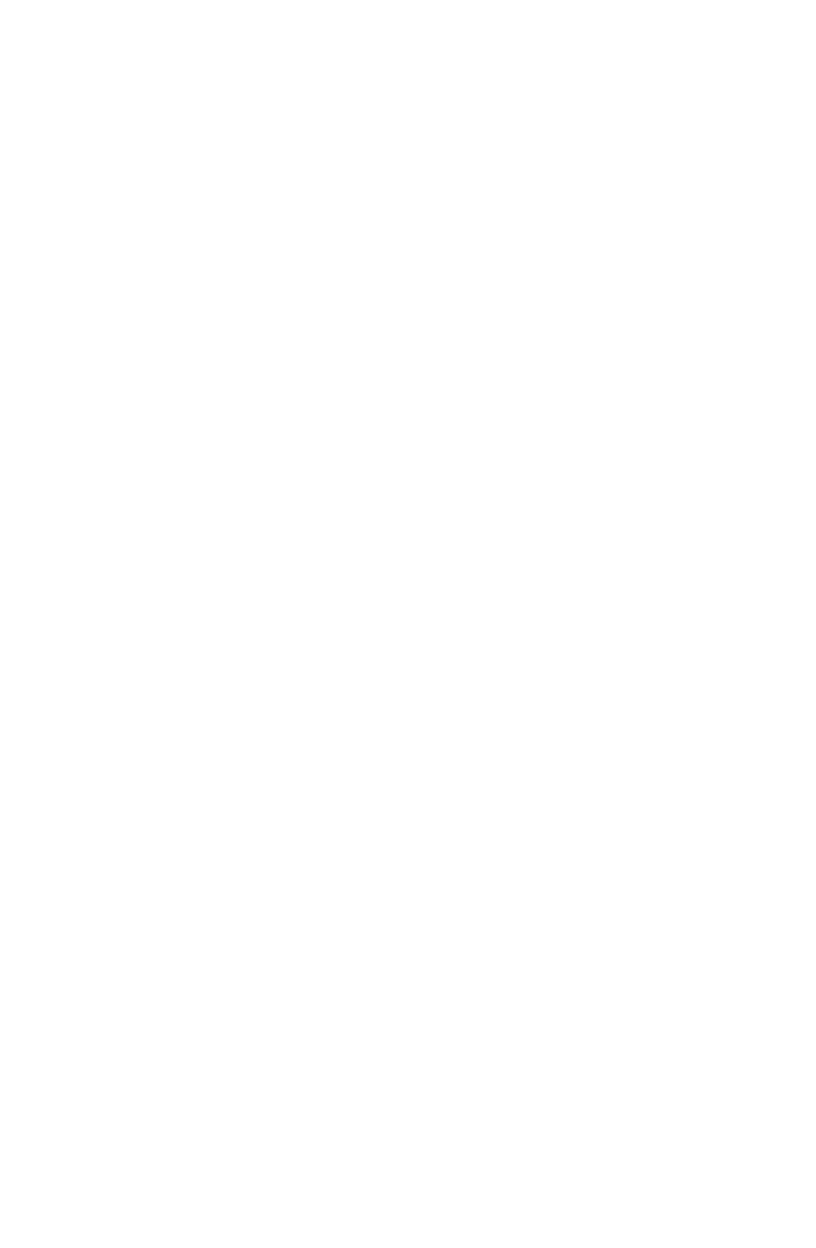
stories of athlete—cheerleader romance, squad jealousies and even murderous mothers
have been the stuff of teen movies for decades.
Further reading
Yellin, E. (1999) “School Spirit Inc.,”
New York Times July
17: C1.
JIM WATKINS
chemistry
Chemistry is vital for improving and sustaining the quality of human life, and the
chemical process industries continue expanding to meet society’s demands, producing
over a million new chemicals a year worldwide. The US chemical industry alone employs
over a million workers and is the largest segment of US manufacturing. The four main
areas within chemistry are organic, inorganic, analytical and physical.
Organic chemistry studies carbon compounds and how to modify and combine them to
synthesize new substances. Synthetics include dyes, perfumes, refrigerants used in
air-
conditioners
and
plastics
such as Nylon, Plexiglass and Teflon—a polymer extensively
used since the 1960s as a non-stick coating for pans. Compounds are also synthesized and
screened for use as
drugs
or
agricultural
chemicals.
Inorganic chemistry treats all compounds, except for hydrocarbons and their
derivatives. Advances in inorganic chemistry have yielded composite materials for
constructing anything from better
tennis
rackets to more durable airplane wings.
Semiconductors and high-temperature superconductors have also been produced, making
possible faster
computers
and high-speed
trains
.
Analytical chemistry is concerned with determining the composition of substances.
Advances since the 1950s involve increasingly sophisticated instrumentation and
techniques, including ultra-centrifuges, mass spectrometers and high-resolution
chromatography. X-ray crystallography has also made it possible to analyze the structures
of vitamin B
12
, DNA and hemoglobin. Many techniques are employed to detect
environmental pollutants and food contaminants.
Physical chemistry employs the instruments and methods of analytical chemistry to
develop theories of chemical phenomena. Chemical thermodynamics measures variables
like melting and boiling points, chemical kinetics studies reaction rates and
electrochemistry examines chemical effects due to electric currents. Such information has
facilitated research in and development of electronic components, alternatives for
harmful chemicals and more.
Chemistry has increasingly fractured into various specializations. To mention a few:
Encyclopedia of Contemporary American Culture 204
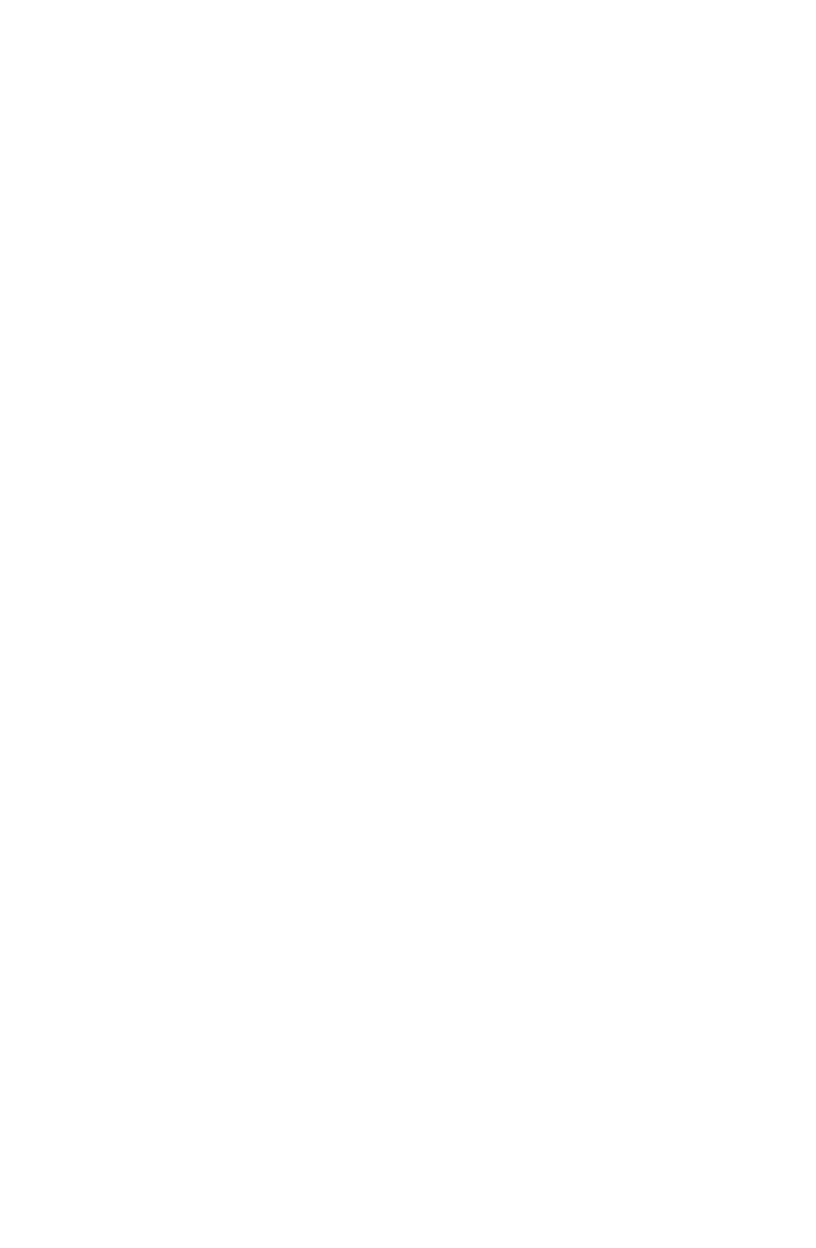
agricultural and food chemistry produce preservatives and flavorings, as well as
fertilizers, pesticides and herbicides like 2,4-D, which led to rapid rises in crop yields
after the Second World War.
Pharmaceutical
chemistry creates medicines and other
drugs to treat
diseases
and extend and improve the quality of life. These include the
antibiotics penicillin, tetracycline and aureomycin, as well as synthesis of
steroids
like
progesterone, used for
contraception,
and hormones like insulin used in treating
diabetes. Petrochemistry generates
petroleum
-
b
ased products such as gasoline, oil,
waxes and plastics, as well as the raw material for most synthetic fibers.
The need to assess the benefits of chemicals versus their adverse consequences has
always existed but been largely ignored by chemical manufacturers until the 1960s,
creating the impression of an industry unconcerned with environmental pollution, health
risks or product safety Public concerns led to the creation of the
Environmental
Protection Agency
in 1970 and passage of various laws thereafter to protect the
environment
and improve workplace safety The US chemical industry has responded
with programs, which include voluntary clean-ups, effluent reduction and safer disposal
methods, and prioritizing employee health and safety issues, to regain public trust.
Further reading
Breslow, R. (1997)
Chemistry Today and Tomorrow: The Central, Useful, and Creative
Science,
Washington, DC: American Chemical Society and Jones & Bartlett
Publishers.
STEPHEN D.NORTON
chess
Often visible in the parks around major American
cities,
chess was nicely captured in the
movie
Searching for Bobby Fischer
(1993). In 1972, at the height of the Cold War, chess
caught the attention of the American public with the contest between American Bobby
Fischer and Soviet Boris Spassky. The American prevailed, but, hating the limelight,
Fischer became a recluse and refused to compete for the title again. With no American
grandmasters of note to replace him, Americans had to satisfy themselves by watching
different Russian champions compete, and trying to determine which Russian was
“good”—a man with dissident leanings like Gary Kasparov, and which Russian was
“bad”—a man who seemed to represent the Soviet system, for example Anatoly Karpov.
A flourish of interest in the sport occurred with the brief re-emergence of Fischer, but
otherwise the end of the Cold War has diminished attention paid to chess and relegated it
to its former image as an elite,
intellectual
and, in high school, nerdy pastime. The
Entries A-Z 205
